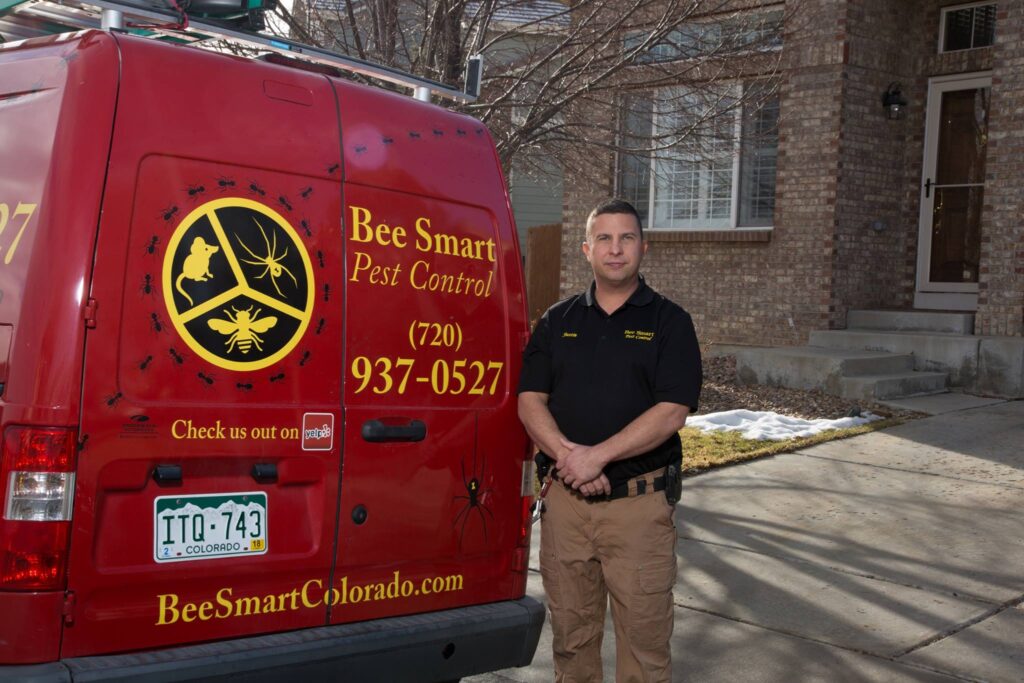Treating your home for pests is just the first of many steps. What many homeowners don’t realize is that follow-up treatments are often just as critical as the initial pest control service. Let’s talk about why you need to stick with the full treatment plan your pest control provider recommends.

Why One Treatment Isn’t Always Enough
Pests require multiple treatments. Here’s why:
Life Cycles Continue: Many pests have complex life cycles. When your home is treated, adult pests might die, but eggs remain untouched. These eggs hatch days or weeks later, starting the problem all over again.
Hidden Populations: Pests like ants, roaches, and bed bugs are masters at hiding. They tuck themselves away in walls, under appliances, or in tiny cracks where treatments can’t always reach them.
Outdoor Reservoirs: If you only treat inside your home, pests living in your yard can simply move back in once the treatment wears off.
Pests That Typically Need Follow-Up Treatments
Fleas
Fleas are particularly stubborn. A single flea can bite several hundred times a day, and their life cycle makes them tough to eliminate. Follow-up treatments target newly hatched fleas before they can reproduce. Without follow-up, you’ll likely see a resurgence within weeks.
Bed Bugs
Bed bugs hide in mattress seams, behind baseboards, and in furniture cracks. Their eggs are resistant to many treatments. Finding your sheets stained with bed bug bites again after thinking the problem was solved is incredibly frustrating.
Roaches
Cockroaches are notoriously difficult to eliminate. They reproduce quickly and can survive on minimal resources.
Roaches carry bacteria and trigger allergies and asthma in many people. Complete elimination is worth the extra effort of follow-up treatments.
Rodents
Mice and rats carry up to 35 different bacteria and diseases harmful to humans. Follow-up identifies entry points and ensures all rodents are removed. Final assessment confirms the infestation is truly eliminated
What Happens During Follow-Up Treatments
Follow-up pest control visits aren’t just repeats of the first treatment. Here’s what typically happens:
- Assessment: Your technician checks how well the initial treatment worked
- Targeted Treatment: They focus on areas where pests remain or have returned
- Preventative Measures: They apply treatments to prevent future problems
- Consultation: They offer advice on preventing reinfestation
Complete Elimination
The main reason to follow through with all recommended treatments is simple: it works. Skipping follow-up visits often means the problem will return, sometimes worse than before.
Cost Savings
While it might seem cheaper to skip follow-up visits, the opposite is usually true. When pests return after incomplete treatment, you’ll end up spending more money starting over. Complete elimination the first time is most cost-effective.
Peace of Mind
Knowing that professionals have thoroughly addressed your pest problem gives you confidence that the issue is resolved. You won’t lie awake wondering if bed bugs are hiding in your mattress or if mice are running through your walls.
Creating a Long-Term Pest Prevention Strategy
After your follow-up treatments are complete, consider implementing these practices to keep pests away:
Seasonal Maintenance
Different seasons bring different pest challenges:
- Spring: Focus on preventing ants and wasps as they become active
- Summer: Be vigilant about mosquitoes and flies
- Fall: Seal entry points to prevent rodents seeking winter shelter
- Winter: Monitor indoor areas where pests might hide during cold weather
Home Maintenance
Pest proofing means fixing home issues that cause them, such as:
- Cracks and holes in your home’s exterior
- Leaky pipes and faucets
- Damaged window screens
- Tree branches that reach your roof
Regular Professional Inspections
Even when you don’t have an active infestation, annual or semi-annual pest inspections can catch problems early.
When to Call for Additional Help
Sometimes issues arise between scheduled follow-ups. Contact your pest control provider immediately if:
- You see a significant number of pests after treatment
- Family members develop unexplained bites or rashes
- Pets show signs of flea infestations despite treatment
- You notice new pest damage to your home
The sooner you call, the better. Pest control works best when it’s applied before an infestation starts.
The Value of Working with Professionals
Professional pest control companies understand the importance of follow-up treatments. They create treatment plans based on the specific pest species involved, the severity of the infestation, your home’s unique features and risk factors, and the season and local pest pressures.
Their expertise ensures that follow-up treatments are timed correctly to break pest life cycles and achieve complete elimination.
Final Thoughts
By doing your part between visits and allowing professionals to complete all necessary follow-up treatments, you create a home environment where pests aren’t welcome.
If you’re dealing with a pest problem, working with experienced pest control professionals who understand the importance of proper follow-up can make all the difference between temporary relief and lasting results.

